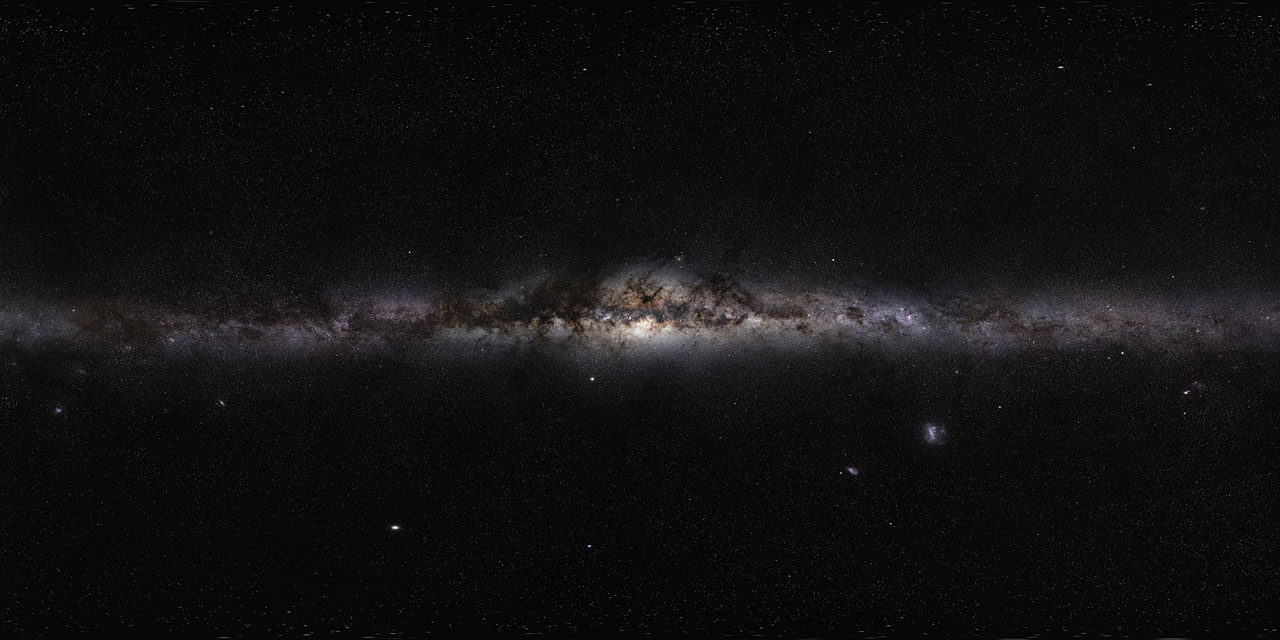Why Astrophysics?
This is the question that I’m asked 19 times out of 20 when I tell someone that I want to pursue research in astrophysics. Needless to say, I’ve had enough practice answering this question. Even then, every single time I’m asked that question, one childhood memory surfaces in my mind:
I am sitting on the floor. It’s almost bedtime and the lights have all been turned off. My father sets a candle on the floor in front of us. He has two rubber balls in his hands and the story begins, ‘Let’s assume that this ball is the earth, the candle is the sun and the other ball is the moon…’ (of course, it’s not to scale)… and he goes on to explain why we see an eclipse and the phases of the moon.
If you are interested, here’s a link to a video explaining the phases of the moon and here’s one explaining eclipses.
It was the same story every single night but I never got tired of it. Ever. It made me want to understand why things happen. I didn’t think about astronomy very seriously then, but I began craving for the Aha! moment that I experienced whenever I understood why things appear or behave the way they do.
It also convinced me that it is possible to understand how the world works. When I was in school, solving math and physics problems (Atwood machine problems are still my favorite) made me realize how understanding physics was intensely satisfying for me. Unsolved problems pester, mock and taunt me. When I found the solution to a problem a friend had asked me months ago, I was so excited and happy that I was hopping and skipping the whole day.
I love stories, puzzles and mysteries; anything and everything in which I have to hunt for clues and arrive at a solution. And what better way to make sure I keep solving puzzles everyday than to pursue research? As a seventh grader, I read a book by Mani Bhaumik, Ph.D., titled ‘The Cosmic Detective’. In addition to basic facts and concepts, Bhaumik wrote about phenomena that still perplex researchers, which was extremely fascinating to think about. This was the first book I had read which mentioned ongoing research.

In the eleventh grade, I had the opportunity to attend a five-day science camp, which was completely stuffed with science: researchers talking about their research, activities, scientists talking passionately about their work, unanswered questions in their respective fields, and, best of all, a hundred students just as excited about science as I was. At the end of each day, although I would be physically exhausted, my brain would be buzzing. I remember wishing the camp would never end. then, less than two years ago, I joined a local astronomy club, the oldest amateur astronomers’ association in India, and that was the final piece in my personal jigsaw puzzle. I could not tear myself apart from the club and the exciting activities I participated in as a member: volunteering for stargazing parties, participating in the annual National Science Day Exhibition at IUCAA (Inter-University Centre for Astronomy and Astrophysics), or even just spending time with fellow astronomy-enthusiasts talking about all things astronomy-related. Take for example the following image of the Hubble Ultra Deep Field. The image contains nearly 10,000 galaxies all within a patch of the sky that is only one-tenth times the apparent size of the Moon in the sky!

It is true that I lose all sense of time when I’m out star-gazing, I am awe-inspired when I try to imagine the scale of the Universe (it’s huge, really really huge!), Carl Sagan’s COSMOS series enchants me no matter how many times I watch it, and my eyes light up and I begin talking excitedly if someone asks me to explain some concept related to physics and astronomy. Astrophysics is my passion; and nothing has ever felt so right before.





